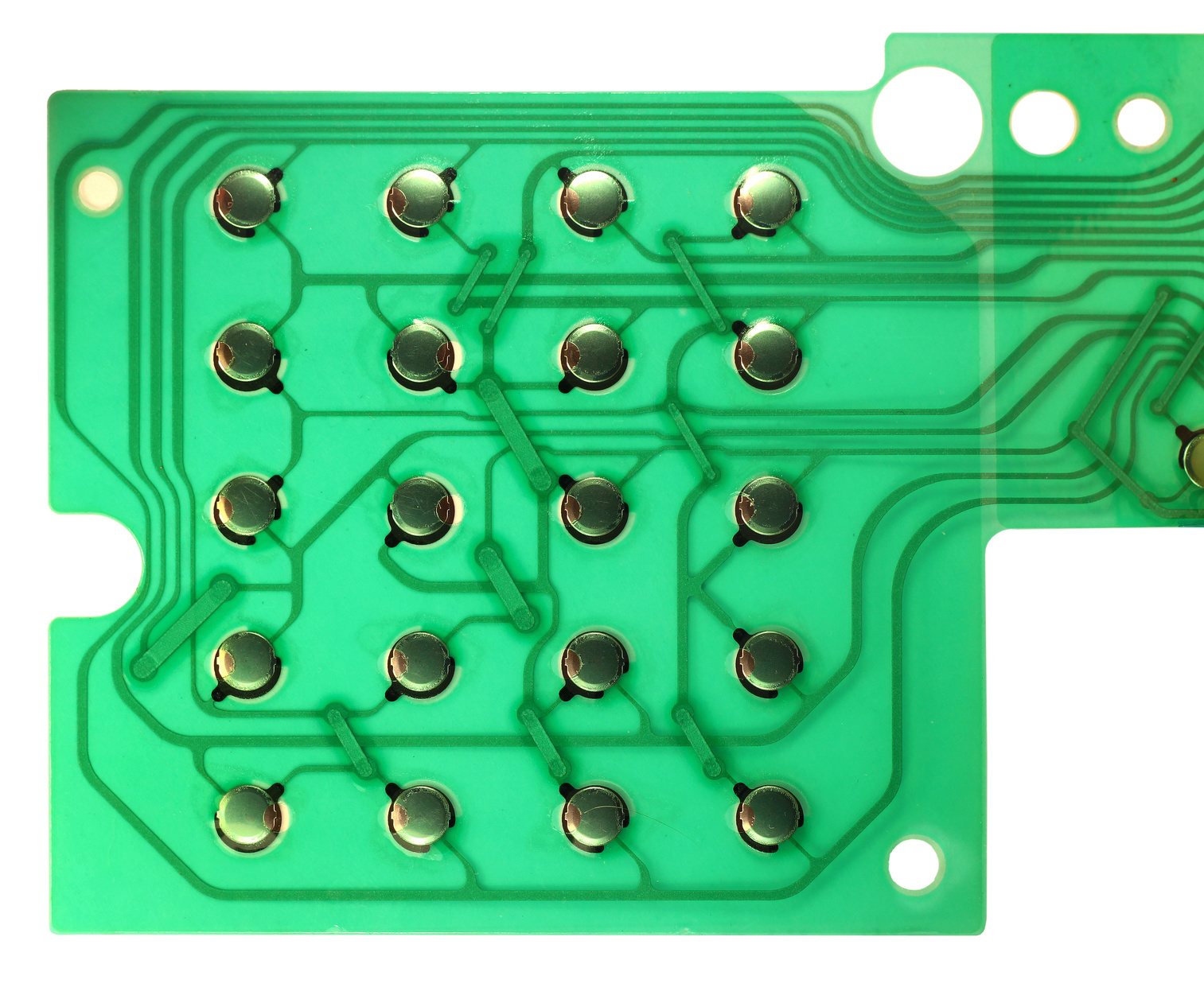Understanding the Functionality of Membrane Changes for Interface Tools
The performance of membrane layer switches over stands for a substantial development in individual interface layout, incorporating performance with aesthetic flexibility. These buttons run through a multi-layered framework that equates customer communications right into electrical signals, allowing for both portable designs and resilience versus environmental variables. As markets increasingly focus on customer experience, comprehending the subtleties of membrane button technology comes to be necessary. What effects do these developments hold for future applications, and just how might they redefine customer communications throughout numerous devices?
What Are Membrane Buttons?
Membrane buttons are innovative user interface devices that facilitate individual communication with digital tools. These functional parts contain numerous layers, including a visuals overlay, spacer, and a published circuit layer. The design permits for a seamless assimilation right into different digital gadgets, enhancing both the aesthetic and practical aspects of customer interfaces.
Membrane switches are commonly utilized in a variety of applications, from household appliances to industrial equipment and medical tools. Their building and construction commonly features a thin profile, making them an ideal choice for compact designs. The responsive feedback supplied by these buttons can be engineered to meet specific user choices, making sure reliable communication between the individual and the device.
Sturdiness is one more considerable benefit of membrane layer buttons, as they are resistant to dust, dampness, and chemicals, which improves their lifespan popular atmospheres. Additionally, these switches can be personalized in regards to shape, size, and visuals style, permitting branding and user-specific functions. Generally, membrane switches stand for a practical remedy for improving customer experience in digital gadgets, combining capability with visual charm in an effective manner.
How Membrane Layer Changes Work
Operating on a simple principle, membrane layer changes make use of a split construction to register customer input effectively. Each switch consists of multiple layers, including a published circuit layer, a spacer layer, and a top graphic layer, which are created to work with each other perfectly. When an individual presses the top layer, it presses the spacer layer, bringing the conductive elements of the circuit layer into call with each other.
This get in touch with develops a closed circuit, signaling the device to carry out a specific function. The style enables various configurations, consisting of tactile feedback, which can enhance the user experience by providing a physical sensation upon activation. The materials used in membrane buttons frequently consist of flexible substrates, such as polyester or polycarbonate, which make sure durability and strength against wear and tear.

Secret Benefits of Membrane Buttons

One more significant advantage is their compactness. Membrane buttons are slim and lightweight, which enables manufacturers to save room in their devices without compromising functionality. This attribute is especially helpful in applications where weight and quantity are essential factors to consider.
Additionally, membrane buttons are resistant to dust, wetness, and chemicals, boosting their sturdiness. This resilience extends their life-span and reduces the requirement for frequent replacements, leading to cost financial savings over time.
Additionally, the tactile comments supplied by membrane buttons can be enhanced to boost individual communication. They can consist of attributes such as raised buttons or distinct clicks, enhancing use and customer experience.
Applications Across Industries
Interface tools utilizing membrane switches prevail in a vast variety of industries, showcasing their versatility and functionality. Membrane Switch. In dig this the medical field, membrane layer buttons are indispensable to devices such as diagnostic devices and client monitoring systems, where their toughness and ease of cleaning are crucial for preserving hygiene standards. Similarly, in the automobile industry, these switches are employed in control panel controls and infotainment systems, providing a sleek and modern user interface for individuals.
In addition, the customer electronics industry advantages from membrane buttons in home appliances and handheld devices, where compact style and user-friendly interfaces improve user experience. Industrial applications likewise utilize membrane layer changes for control board in machinery and automation systems, stressing their robustness and resistance to severe atmospheres.
In the aerospace and protection markets, membrane layer switches are made use of in cockpit controls and tools, where dependability and efficiency under severe conditions are extremely important. Additionally, the gaming sector increasingly integrates membrane buttons in controllers and gallery equipments, contributing to an engaging individual experience. Overall, the versatility of membrane switches enables their widespread usage across various industries, highlighting their significance in contemporary interface layout.
Future Trends in Membrane Layer Switch Modern Technology

Furthermore, making use of sophisticated materials, such as polycarbonate and polyester films, is expected to climb, giving boosted toughness and resistance to ecological stress factors. These materials contribute to the overall longevity of membrane switches, making them ideal for harsher commercial applications.
Furthermore, the unification of clever modern browse this site technology, including IoT connection, will certainly make it possible for membrane layer buttons to interact with other devices and systems, assisting in a much more interactive customer experience. This fad straightens with the expanding need for clever devices across numerous markets, from medical care to consumer electronic devices.
Lastly, modification choices are prepared for to broaden, enabling producers to create bespoke remedies tailored to certain individual demands and choices. These advancements will place membrane buttons as necessary parts in the development of interface technology.
Final Thought
In final thought, membrane switches over represent a pivotal improvement in customer interface modern technology, providing a reliable and flexible solution for varied digital applications. Their layered building assists in small layout, while features such as tactile feedback enhance individual interaction. The sturdiness against environmental elements even more strengthens their utility across numerous sectors. As advancements in product scientific research and touch sensing technologies continue, the capability and applicability of membrane switches are expected to broaden, reinforcing their significance in modern-day digital gadgets.
Comments on “Why Choosing the Right Membrane Switch Is Vital for Your Product Design”